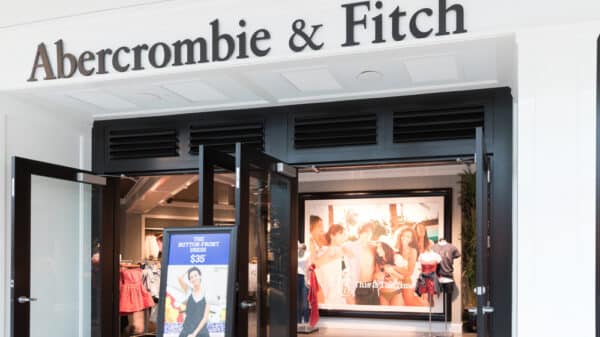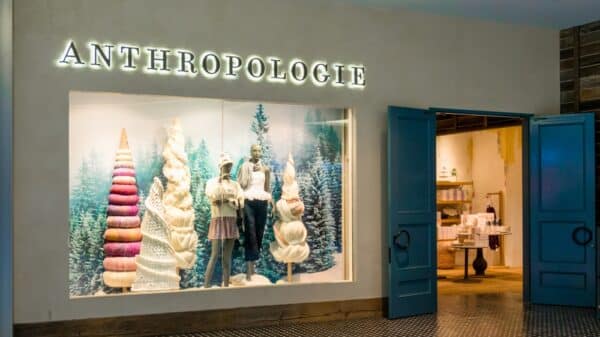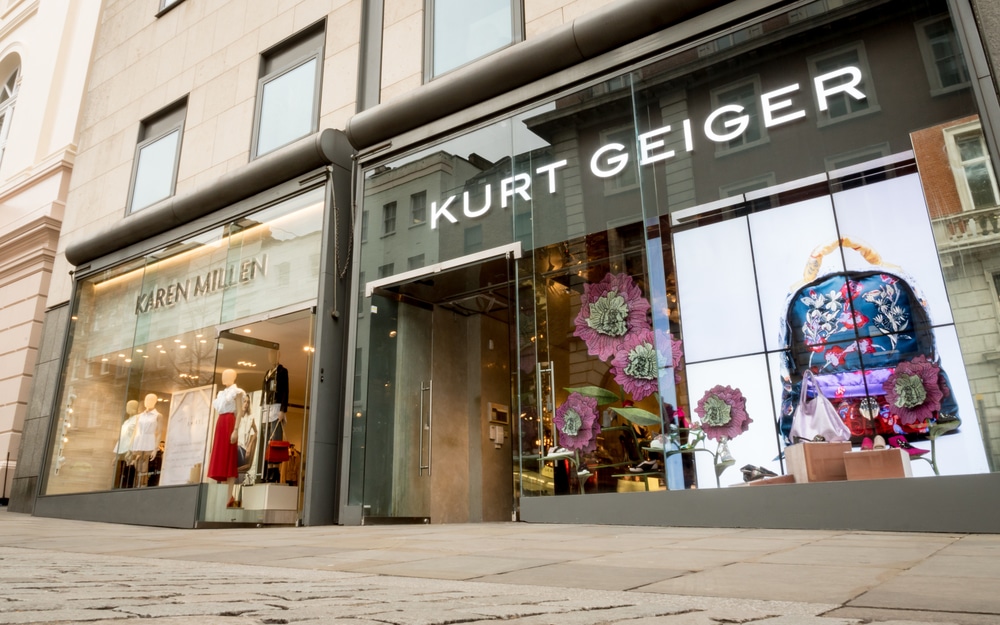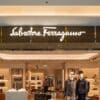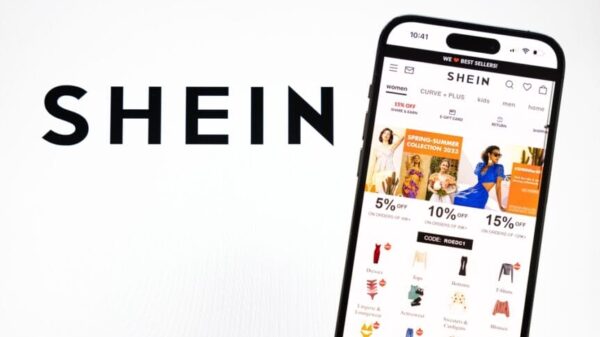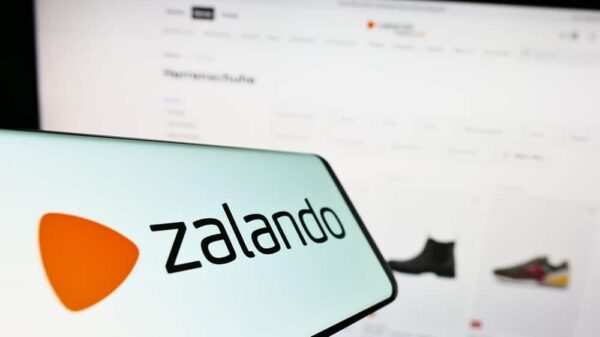Kurt Geiger, the luxury footwear brand that many may associate with style and elegance, has recently made headlines by recording impressive profits that soar above the current challenges facing the wider retail market. Specifically, for the fiscal year ending in February, the company reported an astounding £40 million in profits, a figure that speaks volumes about a paradigm shift in consumer preferences towards what’s known as “affordable luxury.” In an era where shoppers are tightening their belts, Kurt Geiger’s strategy has resonated with an audience on the lookout for quality shoes that don’t break the bank.
This surge in profit stands in stark contrast to the metrics reported from some of its higher-end competitors, who have increasingly grappled with declining sales. Take Burberry, for instance; its recent exit from the venerable FTSE 100 index underscores a struggle to maintain sales in the face of shifting consumer behaviors. While others are feeling the strain, Kurt Geiger appears to be thriving, demonstrating not just resilience but adaptability.
A significant part of this success can be attributed to Kurt Geiger’s burgeoning presence in the United States. The brand is gearing up to launch four new stores this year alone, betting big on the American market. This expansion isn’t just about numbers on a balance sheet; it’s about connecting with customers who appreciate the brand’s blend of quality craftsmanship and accessible pricing.
Neil Clifford, Kurt Geiger’s CEO, articulates the philosophy driving this success. He noted, “While other brands raised their prices even when consumers were struggling, our approach has been different.” This straightforward candor is refreshing in the context of an industry where many have been escalating costs even as budgets tighten.
What’s particularly striking is how Kurt Geiger has devoted considerable energy and creativity into enhancing its product lines without compromising on affordability. This not only proves that luxury can be accessible but also that it’s possible for brands to thrive not just by maintaining prestige, but by genuinely understanding and responding to what consumers want right now.
The backdrop of this success is a luxury market facing considerable headwinds. Recent reports from established brands like Michael Kors reveal a notable decline in UK sales, driven by cautious consumer spending. Luxury retailers, once thought to be invulnerable to economic fluctuations, are now adjusting their sails to navigate changing tides. For instance, in May, Selfridges announced job reductions largely attributed to shifts in shopping habits following the end of tax-free shopping and a notable downturn in luxury expenditures.
In these uncertain times, Kurt Geiger stands out as a beacon of opportunity, embodying a philosophy that values both quality and accessibility. This resonates deeply with shoppers who appreciate beautiful footwear but are also mindful of their financial situation. When it comes to luxury consumption today, it seems that understanding the delicate balance between aspiration and affordability could be the key to not just surviving, but thriving.






